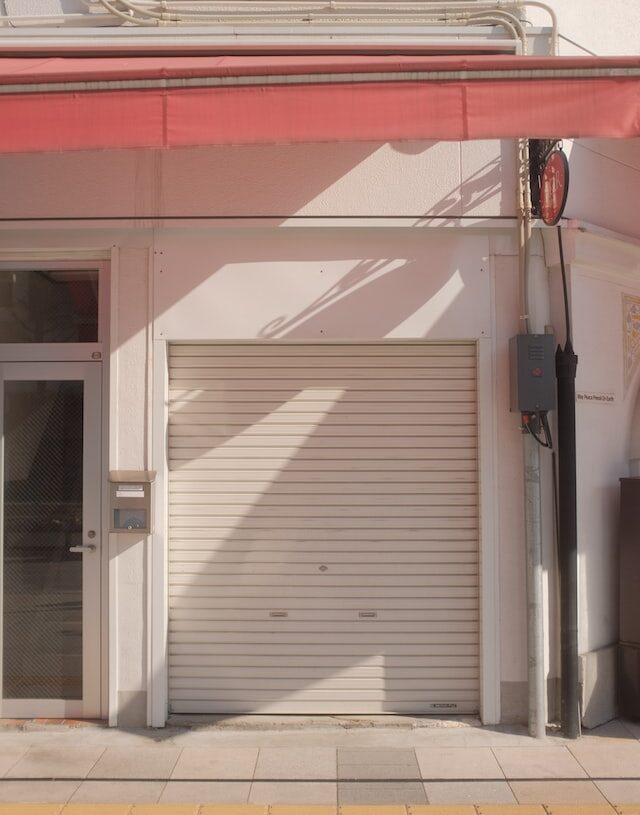If you own a business, you know your commercial garage door’s importance. It opens and closes multiple times daily, requiring frequent maintenance and repair.
There are many commercial garage doors, each with features and functionality. Knowing how you want to use your door helps you select the best solution for your needs.
Torsion Spring Replacement
Torsion springs are the heavy, tightly-wound components that support overhead and sectional garage doors. They work to counter-balance the door’s weight, which can be several hundred pounds.
They are essential for maintaining your garage door operational and safe for usage. When operating, they distribute the door’s weight by applying strain to the cable drums.
If one of your springs breaks, it is a good idea to call a repair expert as soon as possible. Visit https://ohdpugetsound.com/commercial-garage-door-repair/ to save time and money on repairs.
While DIY garage door spring replacement may be tempting, it is a dangerous job for the average person. A mistake can result in severe injury or death without the proper training, tools, and experience.
New Garage Door Installation
Installing a new commercial garage door can significantly improve your business. It will enhance the appearance of your building, boost security and increase your productivity. However, several moving components and sections must be carefully assembled to operate effectively. If anything is incorrectly placed, the garage door may malfunction and fall, gravely injuring someone.
When it comes to commercial garage door repairs and installation, you want to work with a professional that you can trust. It will help ensure your doors work properly and won’t require future maintenance.
There are many different types of commercial garage doors to choose from, so it’s essential to find one that will fit the style and function of your business.
When it comes to commercial garage door installation, the process is often lengthy and involves several steps. First, the garage door installer can remove the old door, prepare the opening by installing new framed wood joints, and prep and install the door sections. Then, they’ll attach the c-channel, add the lift handle and lock, install the garage door track and springs, and make any necessary adjustments.
Sectional Door Replacement
For versatility, garage doors are sometimes composed of pieces or panels. If your garage door is causing you trouble, it’s often enough to repair a section rather than the entire thing.
Commercial garage doors come in various styles and sizes to suit any building project. Among the more popular types are sectional and rolling steel doors.
These are popular for commercial storage facilities and small warehouses because they offer flexibility and convenience. In addition, they are often insulated to improve energy efficiency.
Depending on your specific needs, you can choose from commercial sectional doors featuring framed glass sections for visual access and light or the wide range of roll-up door designs available in steel and wood.
Both sectional and rolling steel garage doors can complete hundreds of thousands of cycles before they wear down. Therefore, you should only choose one that offers the needed performance based on your specific application and needs.
Commercial Building Codes
The building infrastructure within commercial buildings is vital to its occupants’ overall health and safety. It includes access to and from the property, fire prevention, emergency exits, energy conservation, safe construction, plumbing, ventilation, lighting, and other safety features.
Professional organizations, including the International Code Council (ICC), drafted and updated many of these essential standards to form model codes adopted by state and local governments. Building officials then enforce these codes through practices such as review of design plans and on-site inspections.
Generally speaking, these regulations set minimum requirements to safeguard the health and safety of occupants. Non-compliance with them can result in fines or other consequences.

